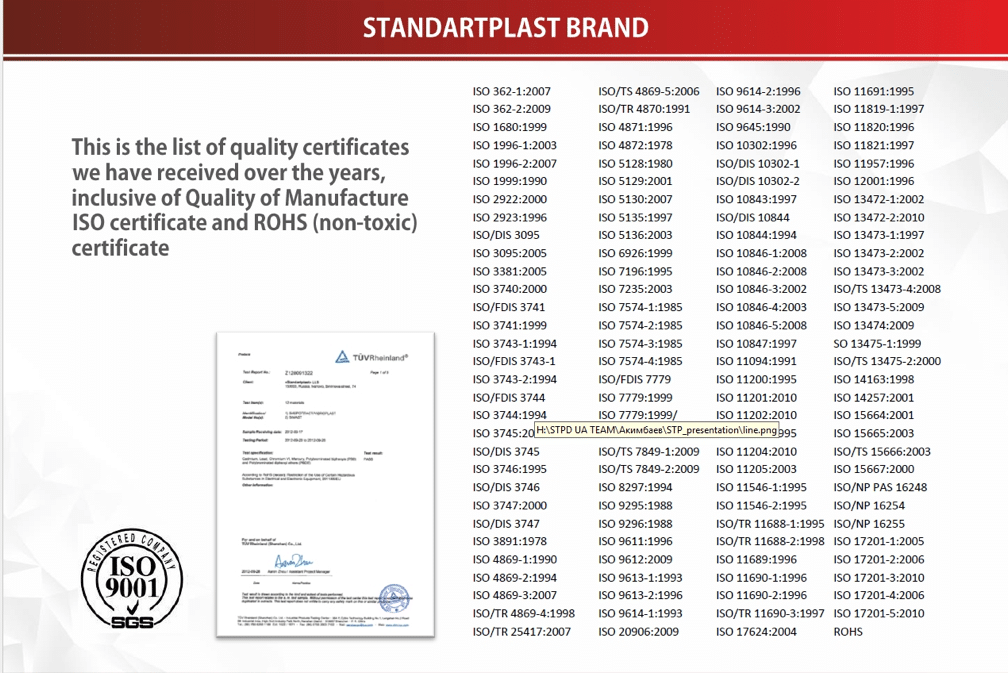Home > Learn > Sound Dampening | Why You Need It
Noise and How It Affects Us
A Sponsored Post by StandartPlast
Overview:
Even though most of us do not take any time to think about the sounds that surround us, we cannot neglect the ever increasing amount of noise pollution in today’s world. Every sound that we hear affects us in a certain way – pleasant, unpleasant or even harmful. Julian Treasure explains the effects of sounds on us and how it affects our health – we’d like to invite you to take a few minutes and watch these two short talks.
http://www.ted.com/talks/julian_treasure_the_4_ways_sound_affects_us
http://www.ted.com/talks/julian_treasure_shh_sound_health_in_8_steps
While driving, or as a passenger in a car, we experience a large amount of noise generated by a number of sources:
- Vibration of the engine
- Vibration of transmission
- Vibration from the road surface
- Airborne sound of the engine
- Exhaust and injection system
- External noise (tires on the road, other cars, wind, etc)
How we deal with it:
Sound travels in mechanical waves, a mechanical wave is a disturbance that moves and transports energy from one place to another through a medium. In sound, the disturbance is a vibrating object and the medium can be any series of interconnected and interactive particles. This means that sound can travel through gases, liquids and solids.
The sound wave traveling through the air will hit the car body, pass through it and become audible in the saloon once again.
There are 3 areas we can affect the amount of sound penetrating into the saloon – they are marked on the diagram above. We have developed materials applicable for each area with specific purpose to deal with mitigation of sound:
1) Sound absorption: This group is aimed at absorption of noise from the sources and is meant to be mounted near the engine and wheels, the benefits are as following:
- Absorption of unwanted noise
- Heat insulation
2) Vibration absorption: These materials are mounted on the interior of car body and have following benefits:
- Absorbing vibration of the car body
- Sealing properties of these materials prevent car body from corrosion
- Increase thickness, strength and rigidity of the car body adding to
3) Sound insulation: Meant for protection of the saloon from the external airborne noise and is applied to the doors, etc
- Insulation of saloon from unwanted noise
- Heat insulation
- Moisture resistant
4) Sealers: These materials are for tight sealing of wire holes, contacting elements of interior and are meant to reduce squeaking and sound penetration into the saloon.
Application and Results:
There are two kinds of materials when it comes to installation:
- Materials with a mounting self-adhesive glue layer
- Mastic type materials that are applied with a use of a spray gun
The combination and quantity of materials is heavily dependent on the car model and make. We strongly advise you to engage your local distributor for further detailed advise for your specific car as well as the nearest dealer / installer to obtain and install materials with.
It is important to note that due to sound properties (traveling through any medium) it is physically impossible to completely remove noise – this can only be achieved in vacuum. A good combination of StP materials with correct installation could easily provide for as much as 60% reduction in noise as well as have many other benefits:
- Increase in comfort
- Increase in quality of music / radio / CD you are playing
- Increase in safety
- Heat insulation
- Moisture insulation
- Corrosion prevention
All of STP materials have undergone quality certification and are non-toxic.Since Standartplast opened in 1996 we continuously worked on the improving our materials by rising the standard of quality Soundproof.

